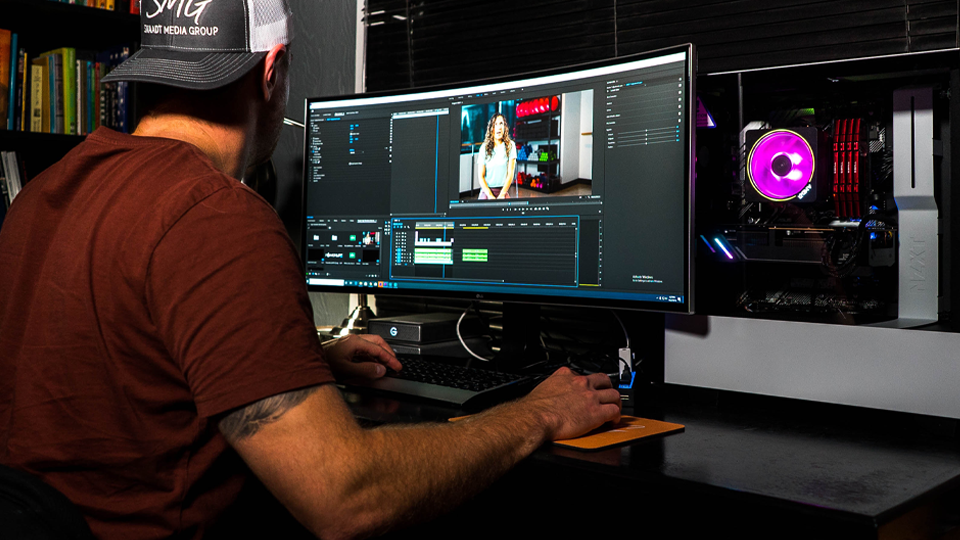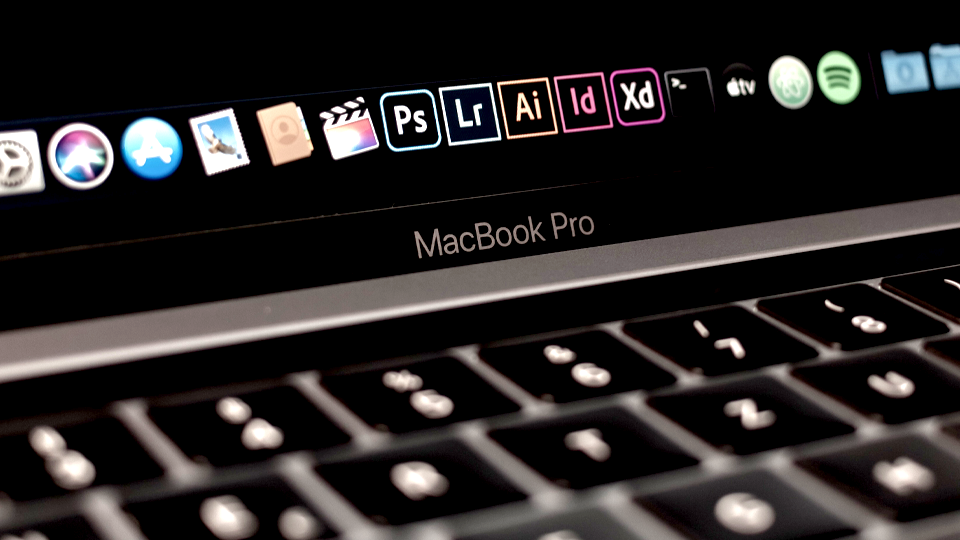10 ways to rekindle your creativity in the editing suite
The Editors

12 Minutes

Don’t get caught dozing off when you’re supposed to be in the flow.
Video editors are inherently creative. But creativity takes time to nurture and inspiration can sometimes be hard to find. Without your creative spark, the editing suite can even feel like a daunting place to be. But with the right tools, you can rekindle your creative spark and revamp the process to work in your favor. Here are 10 tips to get back in touch with your creative side.
- Take a break from the editing process when the moment is right—every creative needs to find time to step away from the footage and clear their head. A change of scenery can give you a fresh perspective when you come back to where you left off.
- Experiment with different transitions and effects that might add new depth to your work. Don't be afraid to try a new technique or break away from your usual habits.
- Look for inspiration from other editors and filmmakers—watch your favorite movies and television shows with a critical eye, read interviews with your favorite cinematographers or even try to find ways, through your professional network, to connect with these industry players directly, if possible. You never know where a conversation might lead…
- Think outside the box when it comes to sound design—consider adding subtle sound effects or layering tracks together to create unique sonic landscapes for your content. How can you really evoke a reaction from your audience with the audio?
- Find the right song for the moment—carefully selected tunes can make all the difference when trying to tell a compelling story. Consider the tempo and style of music that will best pair with your video or scene in a bigger project. To test your song hypothesis, try editing the same scene with two different styles of music. Gauge your reaction and see how it affects the overall mood of the moment, then make your choice.
- Don’t be afraid of color grading with attitude—use vibrant hues or desaturated tones to set a mood or convey a message visually that words cannot express on their own. Even consider boosting the contrast to add a strong effect between lights and darks.
- Make use of slow motion or speed ramping techniques—these tools can inject energy and dynamism that would otherwise be missing from your static shots or monotonous dialogue sequences. But be wary—find just a few instances where these effects will improve the content—you don’t want to overdo it here.
- Play around with camera angles and perspectives—depending on the footage you have at your disposal, consider experimenting with wide-angle lenses, close-ups, shallow depth-of-field shots, etc. to keep viewers engaged. If you’re really in a rut, go back to the raw files and see if there’s anything to add from the B-roll you haven’t seen in a while.
- Utilize motion graphics or text overlays—The key here is to use these elements sparingly yet effectively. These additions to your content shouldn’t overtake the footage itself but support it by providing additional context for viewers. Instances where this will be most effective are opening and closing credits, adding name cards to faces on the screen and other “objective” moments (like setting the time and place of a scene) that could use a little extra clarification to move the audience through the story further.
- Experiment with different editing approaches—don't catch yourself getting stuck in one particular style or structure; explore all the different possibilities until you find something that works best for each individual project. Also, be conscious of your habits: Are you falling into the same old editing techniques? If so, challenge yourself to use a new technique in your next project and see how it affects the final cut!




































